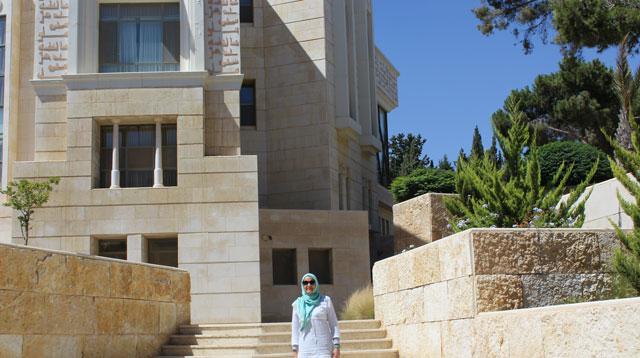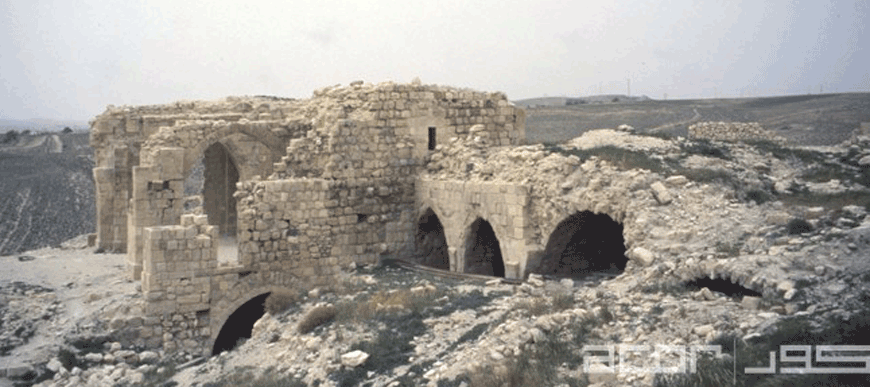You are here
Turkish historian explores regional continuity, change during Ottoman rule
By Saeb Rawashdeh - Apr 11,2023 - Last updated at Apr 11,2023

Ajloun Castle was a significant fortress during both Mamluk and Ottoman periods (Photo courtesy of ACOR)
AMMAN — After the Ottoman conquests in 1517, Syria and Egypt were relegated to a peripheral administrative status by the new rulers, according to Turkish historian Gul Sen from the University of Bonn.
“In Egypt, the Ottomans took over the Mamluk administrative divisions. In Syria, however, the situation was different, as it was heavily incorporated into the Ottoman Empire. Also, one should remember that historical Syria consisted of many areas that had very different urban or rural structures, mixed populations, and extremely varied landscapes, climates and locations,” Gul Sen noted.
Given that the southern Levant is unique in terms of its history, geography and location, it was governed differently.
Ajloun, Gaza, Lajjun, Jerusalem, Nablus and Safad had their own legal codes, while Mamluk Syria became the province of Sham and was subdivided into districts, which were subdivided into several counties, Sen explained. He added that the province of Sham not only gained strategic importance as a zone of transit for Hajj caravans and as a glacis against the Safavid, but also for its economic value.
“At the beginning of the sixteenth century, there were only four governors general. However, due to considerable territorial expansion between the 1510s and the 1530s, the number of provinces increased to approximately 15. A province consisted of several districts, and the ruling commander of all the sub district governors was called the governor general, who in fact was also the district governor of the province’s chief district,” Sen underlined.
The first half of the sixteenth century, during a large-scale territorial expansion, the organisation and administration of the Ottoman provinces was in a permanent “state of flux”; “the differences found in the various lists mirror this transformation period”, Sen said.
Two kinds of documents are important: The law codes for the districts, which allow understanding of the administration of the districts (in terms of revenue), and state registers, which clearly reveal the communication system in place between the central government in Istanbul and its representatives in the provinces, Sen explained.
The kanunnames were the tax code for each province and some districts. “They were formulated in detail and defined the relations between the central authority, its local representatives, and the tax-paying population,” Sen said.
“Continuity and change in this region cannot be comprehended without a consideration of particular aspects of the Ottoman conquest, strategies of legitimation and sovereignty beyond the military establishment. Some crucial issues are the co-opting of local elites as governors, the survey of human and natural resources of a given territory as recorded in the defters [state registers] and a changed concept of history to accommodate the inclusion of a predominantly Muslim population into Ottoman rule,” Sen underscored.
Related Articles
AMMAN — Little attention has been paid to the early Ottoman era, but an abundant collection of documents and records could shed light on the
AMMAN — The transition between two different periods is characterised by varied and complex factors, as was the case with the transition fro
AMMAN — The earliest cosmographic depiction of southern Levant in the Ottoman period came from the traveller Asik Mehmed (1555-1598) in his



















